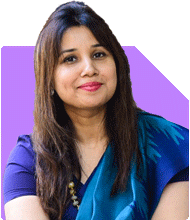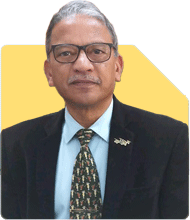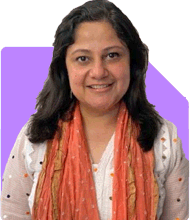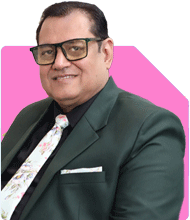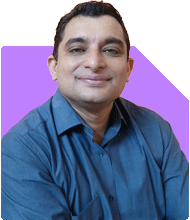Can you help my 5th Grade son who hates writing?
Aruna Agarwal | Answer |Ask -Follow
Child and Parenting Counsellor - Answered on Jul 11, 2024
She has a master’s degree in psychology with a specialisation in behaviour analysis. She focuses on children between the ages of 2-10 years who face challenges related to behaviour, language development or attention issues and providing them with the right life skills.
Agarwal is the owner of Kidzee, a pre-primary school, and Mount Litera Zee School that caters to primary students.... more

My son studying 5 th standard in a CBSE school. He is not showing any interest in writing... But he is very active able to understands the concepts well and he can answer orally very well. But not willing to write anything so he is scoring very low marks and his handwriting also not good. How do I make my son get interest in writing and to write neatly and fastly kindly suggest if any counselling can be given or any classes he can go like mid brain activation or handwriting.
You may like to see similar questions and answers below
Nitin Sathe | Answer |Ask -Follow
HR, Recruitment Expert - Answered on Jan 15, 2023
Dr Aarti Bakshi | Answer |Ask -Follow
Child and Parenting Counsellor - Answered on Jul 24, 2023
Dr Ashish Sehgal | Answer |Ask -Follow
Relationships Expert, Mind Coach - Answered on Jan 09, 2024
Dr Shakeeb Ahmed Khan | Answer |Ask -Follow
Physiotherapist - Answered on Aug 06, 2024
Aruna Agarwal | Answer |Ask -Follow
Child and Parenting Counsellor - Answered on Aug 19, 2024
Dr Dipankar Dutta |1836 Answers |Ask -Follow
Tech Careers and Skill Development Expert - Answered on Dec 05, 2025
Ulhas Joshi |280 Answers |Ask -Follow
Mutual Fund Expert - Answered on Dec 05, 2025
Dr Dipankar Dutta |1836 Answers |Ask -Follow
Tech Careers and Skill Development Expert - Answered on Dec 04, 2025
Ravi Mittal |676 Answers |Ask -Follow
Dating, Relationships Expert - Answered on Dec 04, 2025
Anu Krishna |1745 Answers |Ask -Follow
Relationships Expert, Mind Coach - Answered on Dec 04, 2025
Anu Krishna |1745 Answers |Ask -Follow
Relationships Expert, Mind Coach - Answered on Dec 04, 2025
Mayank Chandel |2562 Answers |Ask -Follow
IIT-JEE, NEET-UG, SAT, CLAT, CA, CS Exam Expert - Answered on Dec 04, 2025
Mayank Chandel |2562 Answers |Ask -Follow
IIT-JEE, NEET-UG, SAT, CLAT, CA, CS Exam Expert - Answered on Dec 04, 2025
Mayank Chandel |2562 Answers |Ask -Follow
IIT-JEE, NEET-UG, SAT, CLAT, CA, CS Exam Expert - Answered on Dec 04, 2025
Mayank Chandel |2562 Answers |Ask -Follow
IIT-JEE, NEET-UG, SAT, CLAT, CA, CS Exam Expert - Answered on Dec 04, 2025





